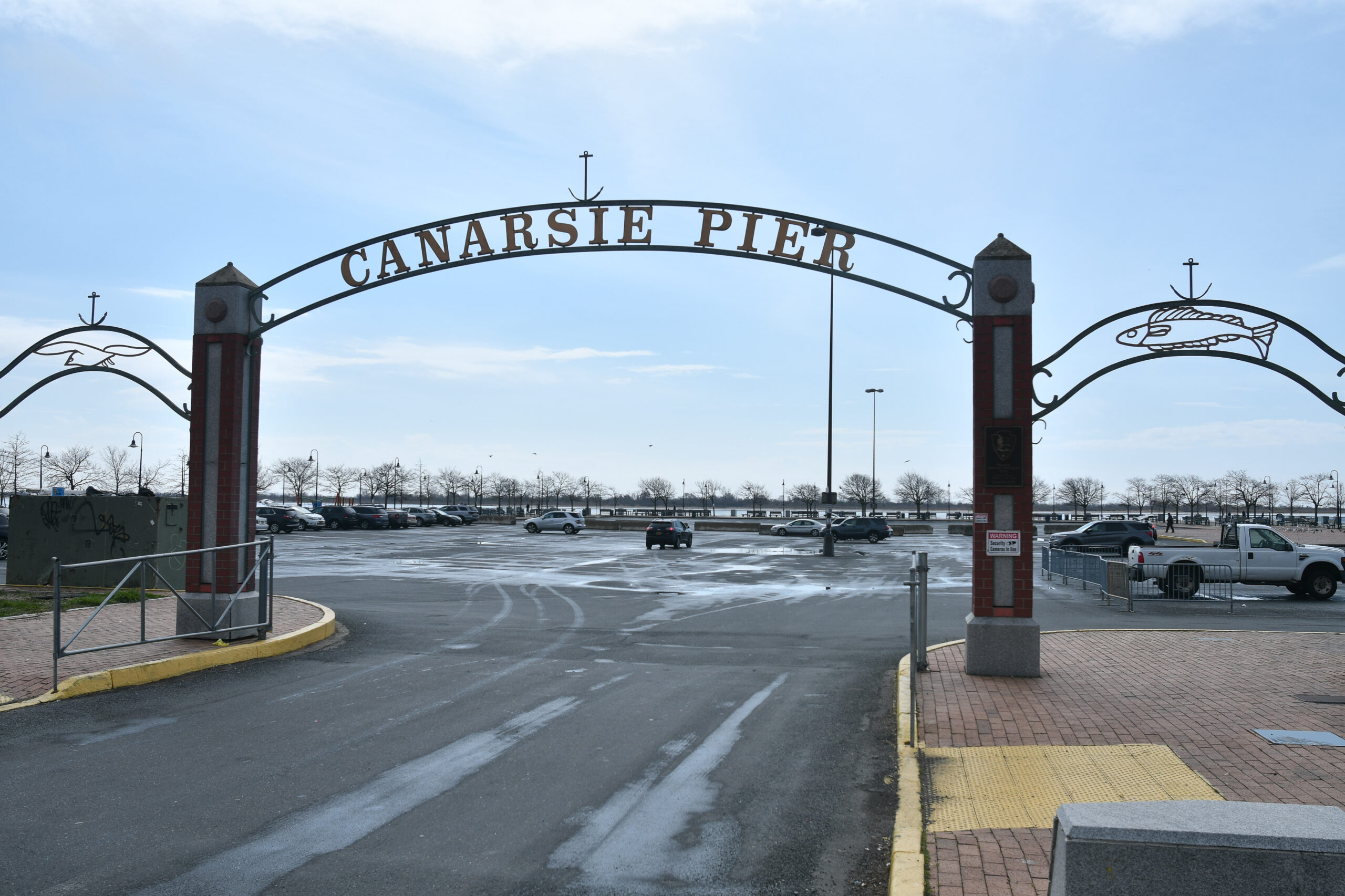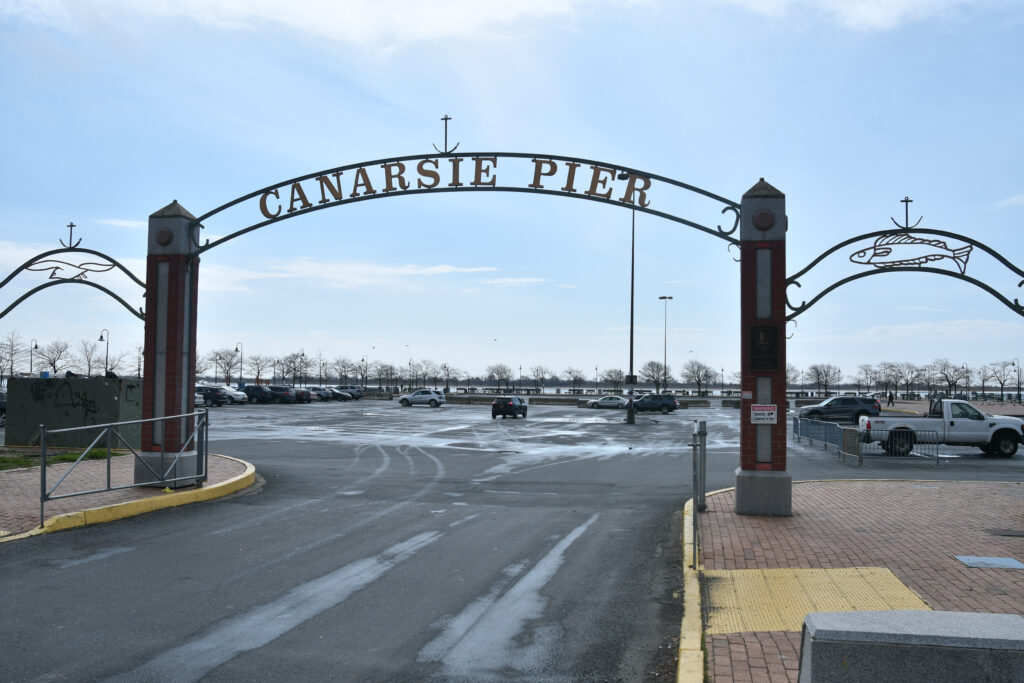Canarsie Community Development Inc. (CCDI) and the Consortium for Climate Risk in the Urban Northeast (CCRUN) are beginning a three-phase project in Canarsie to study residents’ experiences with flooding and sinking and to, hopefully, identify some potential solutions.
CCDI is a Canarsie-based nonprofit looking at ways to improve the neighborhood in terms of quality of life and resiliency to climate change. The organization was born after Superstorm Sandy — which hit Canarsie and neighboring waterfront communities hard — and looked for ways to rebuild the area.
CCRUN, a suborganization of the National Oceanic and Atmospheric Administration (NOAA), is a multidisciplinary group of several universities, including CUNY, the City University of New York. It studies climate change mitigation and adaptation strategies for states in the Northeast.
The Canarsie study is in its first phase, which is to learn about the issues the community faces, the scope of the situations and how widespread the problems are.
“A few people came to [CCDI] with these kinds of situations of homes sinking, not knowing what to do,” CUNY Graduate Center earth and environmental sciences PhD student Charles Overton, who’s working on the project with CCRUN, said. “The thinking is that, potentially, there are a lot more people, but they’re kind of suffering in silence because of fear of being kicked out of their homes.”
To do this, the researchers are asking Canarsie residents, workers and frequent visitors to fill out an anonymous survey, where they can talk about any flooding or sinking — formally called land subsidence — they have experienced, observed or heard about. People are encouraged to fill out the survey even if they haven’t personally dealt with these issues, as it will give the researchers a clearer understanding of roughly how many, or how few, people are actually dealing with this. The same goes for people who just work in Canarsie or visit but do not permanently reside there.
The link to this survey can be found in the form of a scannable QR code, present both at the bottom of this article and in the accompanying advertisement. Physical copies of the survey can be mailed to CCDI at 4809 Avenue N, Suite 149, Brooklyn, NY 11234.
Three survey respondents will be randomly selected to win either a $100, $200 or $300 gift card, as an incentive to get people to fill out the form.
The survey doesn’t ask for the name, address or any identifying information of the participant, but there is an option to leave your email at the end if you want to stay in contact with the team.
With a mix of multiple choice and written questions, the survey could take around 10 minutes to complete, depending on how detailed you get on the open-ended answers. They ask about heavy rain, hurricanes, coastal flooding, water from blocked drains, ditches, culverts, blocked sewers and water rising from the ground.
Flooding and land sinking are common issues in Canarsie, a community that regularly deals with sinkholes, flooded basements, overflowing catch basins, a rising Fresh Creek and water leaks in the middle of streets. Structural damage to homes can result from a lot of this.
In fact, preliminary results of the survey show around 40-43% of homes are dealing with some sort of structural damage. CCDI Founder and Executive Director Harold Jones has experienced this firsthand, his basement receiving 6.5 feet of flooding during Superstorm Sandy and the piles under his home coming up.
“The problems seem to be more serious than we thought,” Jones, who has an engineering background, said. “The people who live in the area, especially the area where the sinkholes were, are scared because they don’t want the publicity, but we have to do something as far as that’s concerned.”
Residents may keep these experiences hush-hush out of concern that their insurance will drop them or raise their rates, that they’ll have to pay for the costly process of getting their house raised or that they’ll have to move out of their home entirely if the damage is too severe. However, the longer these problems are left to fester without being dealt with, the worse they can become.
The research team believes these issues could be widespread in the community, so the survey is an opportunity for the researchers to see if this is the case.
“Right now, the diagnostic is far from being over; the doctor is just simply taking the different signals, temperature, blood pressure and all that,” Drexel University civil geotechnical engineer Dr. Miguel Pando, who is new to the team, said. “We cannot really yet say much about whether it’s a very critical issue.”
Once the results of the survey are in, the team will analyze the data and try to map out where the issues are specifically (exact addresses will not be requested on the survey, but cross streets will).
Following this, the second phase of the project will be to share the findings with the community and to try to “chart a path forward” with solutions. This will be done through community meetings and workshops with residents. Potential solutions include further geological studies or finding grants to address the issues.
The third and final phase of the project is to actually implement the solutions that were generated in phase two. It is not yet clear what these solutions will be.



